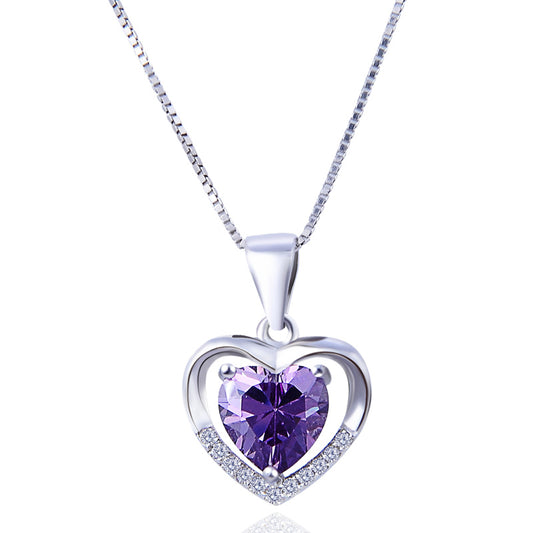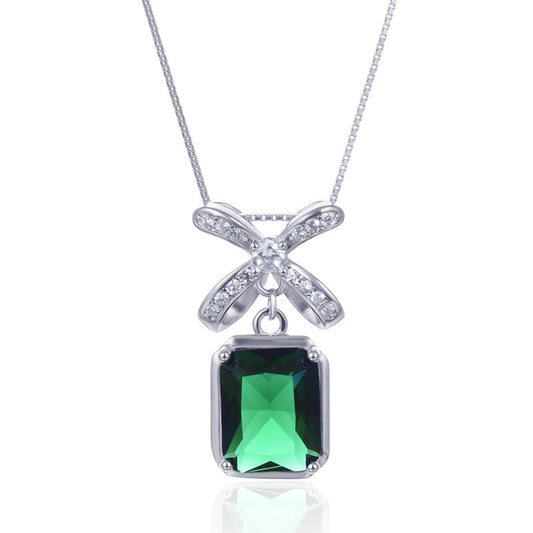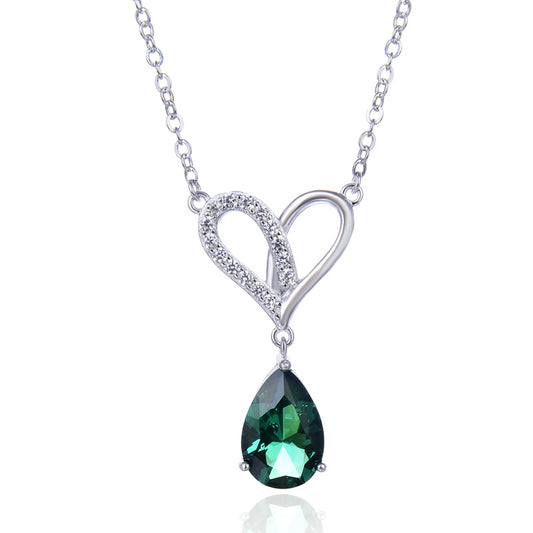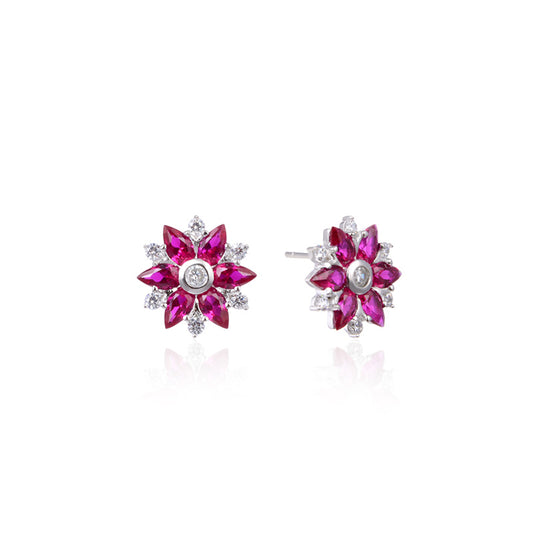##ese Tourists in Boracay: A String Bikini Phenomenon
When it comes to tropical getaways, Boracay is often at the top of many travelers' lists. Known for its pristine beaches, crystal-clear waters, and idyllic island atmosphere, it's no wonder why tourists flock here from all over the world. Among these visitors, a certain demographic has recently caused quite a stir—##ese tourists in string bikinis.
Now, before we dive into this trend, it's important to clarify that there's nothing inherently wrong with wearing a bikini, string or otherwise. Beachwear is a personal choice, and everyone has the freedom to dress as they please. However, what has captured people's attention is the sheer number of ##ese tourists specifically choosing to wear string bikinis while vacationing in Boracay, and the subsequent impact this has had on the island's culture and tourism.
Boracay, located in the Philippines, has long been a popular destination for its white sand beaches and turquoise waters. In recent years, however, it has gained even more notoriety due to the influx of ##ese tourists donning skimpy bikinis. This trend has not only caught the eye of locals and other tourists but has also sparked a range of reactions online.
To understand this phenomenon, one must first consider the cultural differences at play. ##, with its tropical climate and vibrant youth culture, has a more liberal approach to beachwear than some other parts of Asia. Combine this with the island paradise that is Boracay, and it's easy to see why ##ese tourists might feel more comfortable donning revealing swimwear.
The string bikini, in particular, has become a sort of fashion statement among this demographic. Its minimalist design, often consisting of just a few strips of fabric, offers maximum tan lines and a sense of freedom that appeals to the younger generation. Moreover, with social media playing a pivotal role in today's society, these bikinis provide the perfect opportunity for Instagram-worthy photos.
However, this trend hasn't gone unnoticed by locals and other tourists. While some appreciate the diversity and openness it brings to the island, others raise concerns about cultural appropriation and the potential objectification of women. These are valid points, especially in a country like the Philippines, where Catholic values and conservative dress codes are still prevalent in many areas.
The impact of this fashion trend extends beyond just fashion and cultural debates. Economically, it has been a boon for local bikini shops and rental services that cater to this demographic. In fact, many stores now offer a wide range of bikinis, including string styles, specifically marketed towards ##ese tourists.
Environmentally, there's also been an impact. With the influx of tourists wearing minimal clothing, there has been an increase in sunscreen usage, which some studies suggest might be harmful to coral reefs. This has led to calls for more eco-friendly sunscreen options in the area.
On the flipside, this trend has also brought attention to Boracay's beauty, attracting even more tourists to its shores. The island's popularity as a tropical getaway has soared in recent years, with many crediting social media and fashion trends like this one for the boost.
In conclusion, the ##ese tourist string bikini trend in Boracay is a multifaceted phenomenon that goes beyond just fashion. It raises questions about cultural appropriation, tourism impact, and environmental responsibility. As with any trend, there are both positive and negative aspects to consider. What remains clear is that Boracay's allure as a tropical paradise continues to draw visitors from around the world, each bringing their own unique style and culture to the island's vibrant melting pot.
Now, let's delve deeper into some anecdotal evidence and personal stories to illustrate this trend further.
Personal Stories and Anecdotes
Story 1: A ##ese Tourist's Perspective
"When I first came to Boracay, I was blown away by its beauty," recalls Lily, a 25-year-old ##ese tourist. "The beaches, the clear water, the relaxed atmosphere—it was everything I had hoped for and more. I brought along several string bikinis from ##, and I wasn't the only one. Almost all the girls in my group had similar swimwear. To us, it's just a normal part of our beach culture."
Lily notes that while most locals and other tourists were friendly and accepting, she did notice a few curious glances. "I think some people weren't used to seeing such revealing bikinis, but overall, everyone was very respectful."
Story 2: A Local's Perspective
Joseph, a long-time Boracay resident, has witnessed the island's transformation over the years. He recalls a time when Boracay was still relatively unknown, a hidden gem with pristine beaches and clear blue waters. Back then, the island was mostly frequented by local tourists and a few foreigners who stumbled upon it by chance.
"The island was so peaceful and quiet," Joseph reminisces. "You could walk along the beach at night and hear nothing but the waves and the crickets. There were no loud parties or big crowds."
However, as Boracay's beauty became more widely known, tourists started flocking to the island in droves. Resorts, restaurants, and shops sprang up everywhere, and the once serene beaches became crowded and noisy.
"I'm not complaining," Joseph says. "The tourism boom has brought a lot of economic opportunities to the island. Many locals, including myself, have found stable jobs in the tourism industry."
But he also acknowledges that the influx of tourists has changed the island's landscape and atmosphere. "Sometimes, I miss the old Boracay," he admits. "The one that was still untouched and unspoiled."
Joseph is hopeful that with proper planning and management, Boracay can strike a balance between tourism development and environmental protection. He believes that sustainable tourism is the key to ensuring that future generations can enjoy the island's natural beauty.
"We need to protect our island," he says. "It's our home, and we want to make sure it remains beautiful for our children and grandchildren."
As a local, Joseph feels a sense of responsibility towards preserving Boracay's natural environment. He actively participates in community clean-ups and encourages tourists to be mindful of their impact on the island.
"We all need to do our part to protect Boracay," he says. "Whether you're a local or a tourist, we all have a role to play in ensuring the island's sustainability."
Joseph's story offers a unique perspective on Boracay's transformation from a serene paradise to a bustling tourist destination. His insights remind us of the importance of balancing tourism development with environmental protection to ensure that future generations can continue to enjoy the island's natural beauty.








